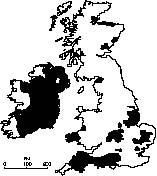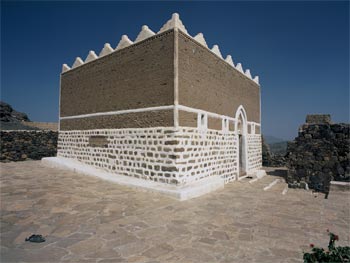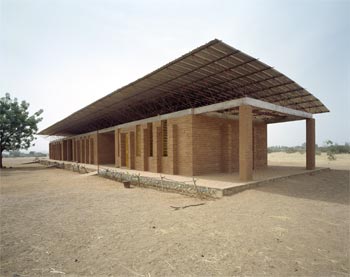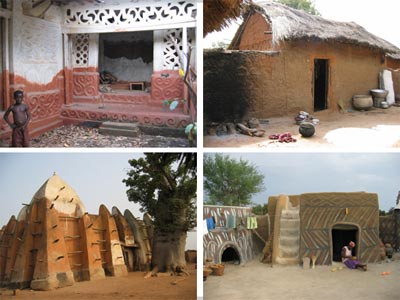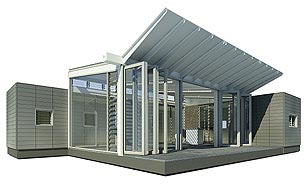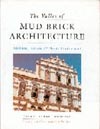
The Valley of Mud-Brick Architecture by Salma Samar Damluji is a scholarly book concentrating on the architecture and town planning of two towns in the Hadhramawt, Shibam and Tarim, Yemen. It looks at the very ancient origins of the south Arabian mud built architecture, its suitability for the climate, its adaptability, and its relative virtues compared with imported Western practices and how it can continue to develop as an indigenous Arabian art or science. It is clearly an exciting study to any such as Dr. Damluji, who had worked with and is clearly an admirer of Hassan Fathy, the great exponent of traditional mud brick architecture in Cairo. Read a review.
